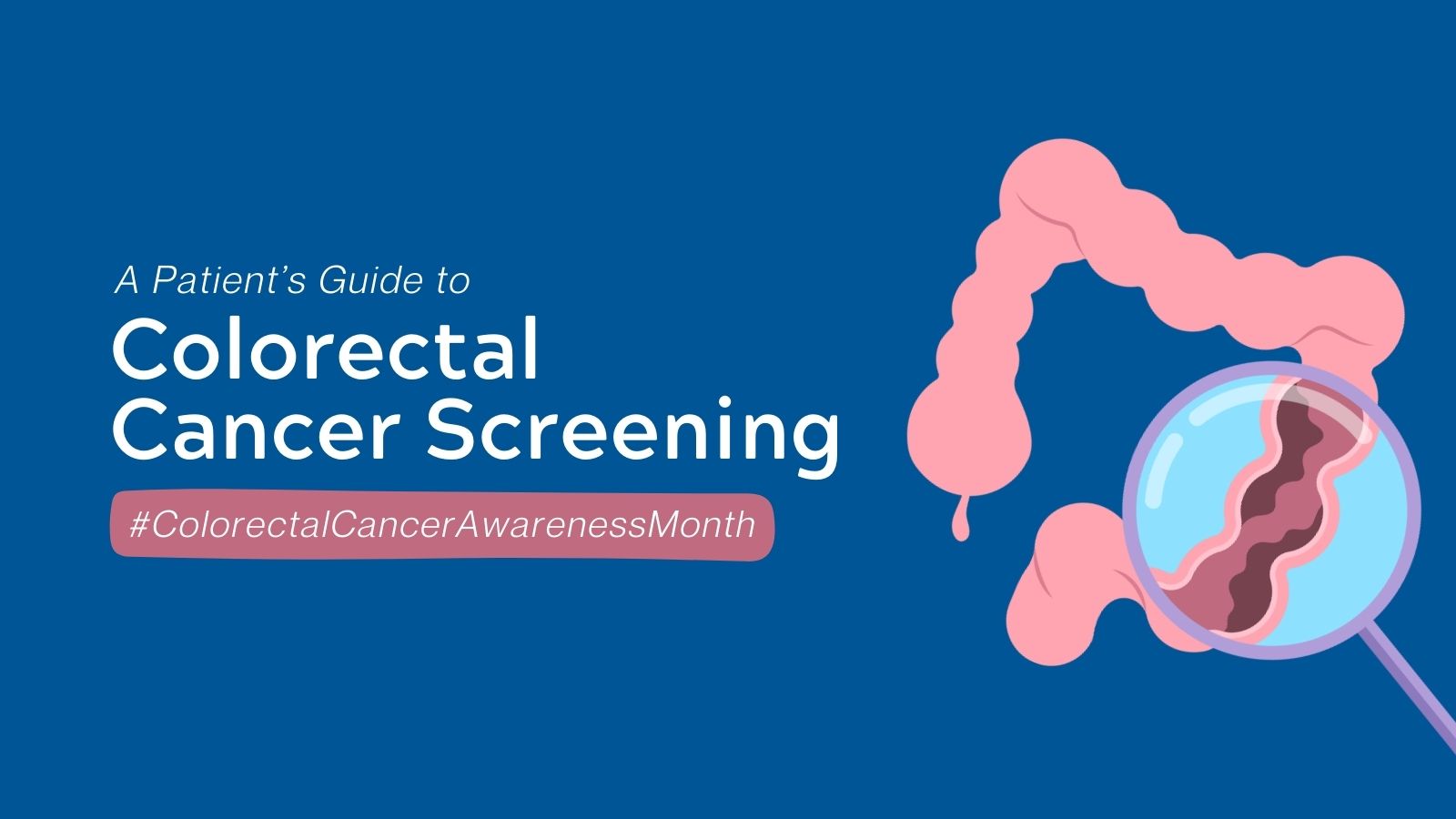
Colorectal cancer (CRC) is a prevalent and potentially deadly disease that affects millions of individuals each year. In the United States alone, CRC ranks as the fourth most commonly diagnosed cancer among adults and the second leading cause of cancer-related deaths.
Despite its prevalence, CRC is highly preventable through early detection and screening. As clinicians, it’s crucial to empower our patients with knowledge about CRC screening options and the importance of adherence to preventive measures with the Colorectal Cancer Screening Guidelines Patient Toolkit.
This March, in honor of National Colorectal Cancer Awareness Month 2024, we want to shed light on the significance of early detection and encourage proactive shared healthcare decision making.
The Development of CRC:
CRC typically evolves from polyps, small growths in the colon or rectum, with some having the potential to transform into cancerous lesions. Adenomas, a type of benign glandular tumor, can develop into CRC if not identified and managed promptly.
Notably, it predominantly affects individuals aged 65 to 74. However, proactive timely screening and intervention can significantly reduce mortality rates associated with CRC.
The Role of Screening in CRC Prevention:
Early detection through CRC screening is pivotal in preventing the progression of precancerous lesions to invasive cancer. In the Colorectal Cancer Screening Guidelines Toolkit, multiple guidelines outline recommendations for CRC screening, focusing on factors such as age, family history, and individual risk factors.
Notably, recent updates advocate for initiating screening at the age of 45, highlighting the importance of staying abreast of evolving recommendations.
Exploring Screening Methods:
Various screening methods are available, ranging from stool tests to visual examinations like colonoscopy. Each method has its pros and cons, necessitating a shared decision-making process between patients and healthcare providers. Factors such as convenience, accuracy, and cost should inform the choice of screening method.
| Fecal Immunochemical Test (FIT) Stool Test | Guaiac-based Fecal Occult Blood Test (gFOBT) Stool Test | Stool DNA (sDNA) / FIT-DNA Stool Test | Colonoscopy Visual Scope Test | CT Colonography (Colonoscopy) Visual Scope Test | Flexible Sigmoidoscopy Visual Scope Test | |
|---|---|---|---|---|---|---|
| Frequency | Once a year | Once a year | Once every 1-3 years | Every 10 years | Every 5 years | Every 5-10 years |
| Test Location | Home | Home | Home | Medical Facility | Medical Facility | Medical Facility |
| Dietary & Medication Restrictions | No restrictions | Requires dietary & medication restrictions | No restrictions | Bowl preparation is required | Bowl preparation is required | Requires an enema prior to procedure |
| Costs | Relatively inexpensive | Relatively inexpensive | More expensive than other stool-based tests | Most expensive (covered/reimbursable by insurance) | Relatively expensive (may not be covered by insurance) | Relatively expensive |
| Accuracy | Less effective than visual tests in detecting advanced adenoma | Less effective than visual tests in detecting advanced adenoma | Uncertainties on positive results compared against negative colonoscopy | Effective in detecting and removing polyps | Further tests required if test is positive | Abnormal findings require second endoscopic procedure |
| Follow-up & Out-of-Pocket Costs | Follow-up colonoscopy for positive test results may be subject to out-of-pocket costs | Follow-up colonoscopy for positive test results may be subject to out-of-pocket costs | Follow-up colonoscopy for positive test results may be subject to out-of-pocket costs | Polypectomy and anesthesia may be subject to out-of-pocket costs | Follow-up colonoscopy for positive test results may be subject to out-of-pocket costs | Follow-up colonoscopy for positive test results may be subject to out-of-pocket costs |
Navigating Shared Decision-Making:
Shared decision-making empowers patients to actively participate in their healthcare journey. It involves collaborative discussions between patients and healthcare providers to determine the most suitable screening option based on individual preferences, risk factors, and logistical considerations.
Adherence to screening protocols is as important in maximizing the effectiveness of CRC prevention strategies. Organized screening campaigns and reminders can facilitate follow-through, addressing common barriers such as fear, financial constraints, and lack of support.
A toolkit has been compiled for healthcare providers and patients, presenting colorectal cancer screening guidelines, emphasizing both commonalities and distinctions among multiple recommendations.
In conclusion, CRC screening is a cornerstone of preventive healthcare, offering a lifeline in the fight against this prevalent disease. Sign up for alerts to stay updated on the latest CRC screening guidelines and recommendations. Let’s prioritize early detection, shared decision-making, and adherence to screening protocols to promote better health outcomes for all.
Copyright © 2024 Guideline Central, All rights reserved.